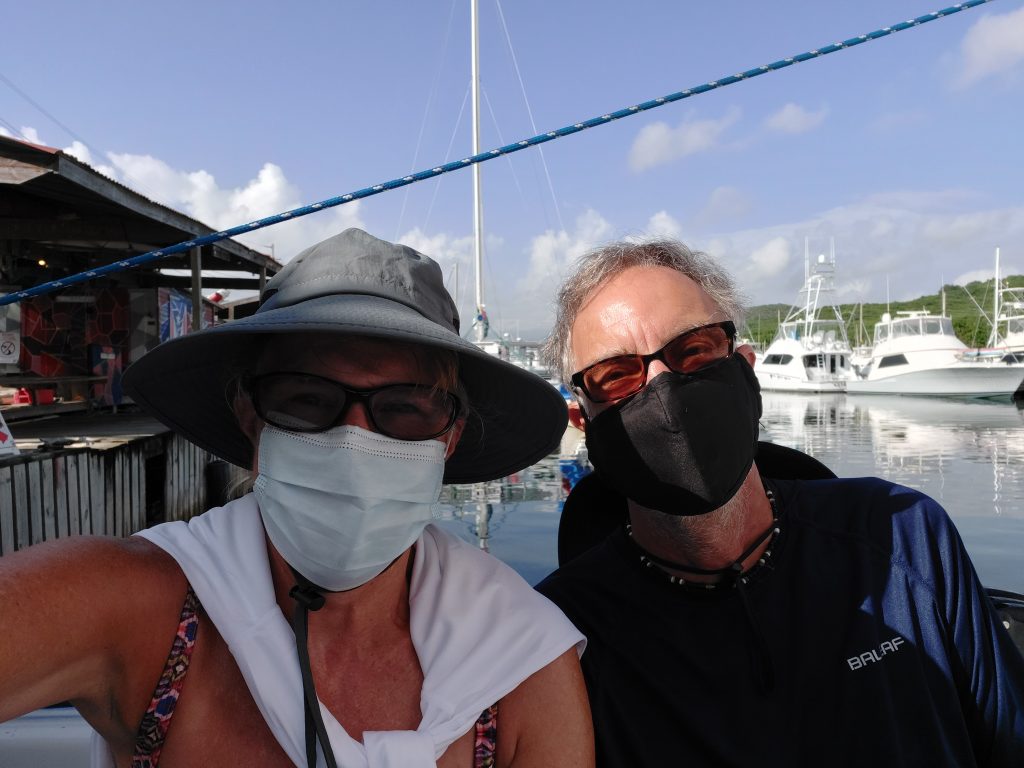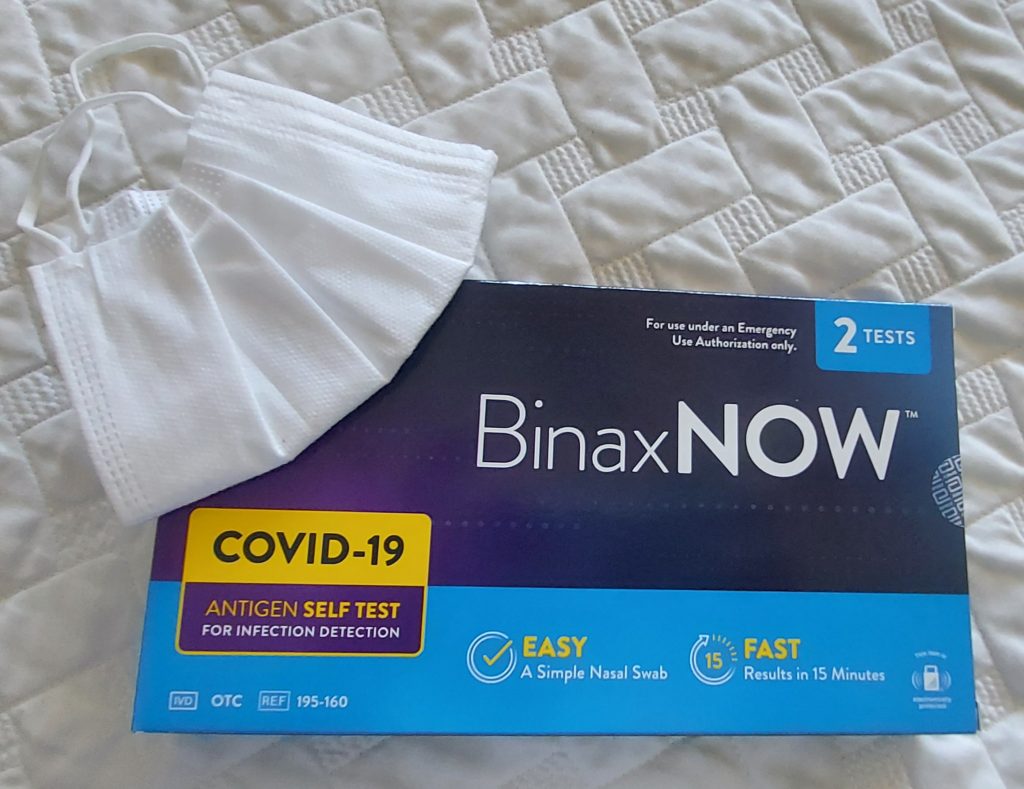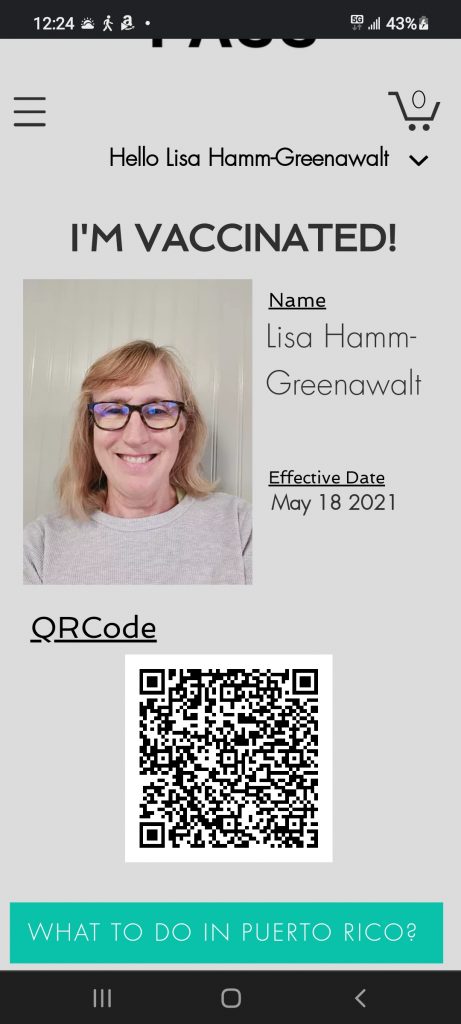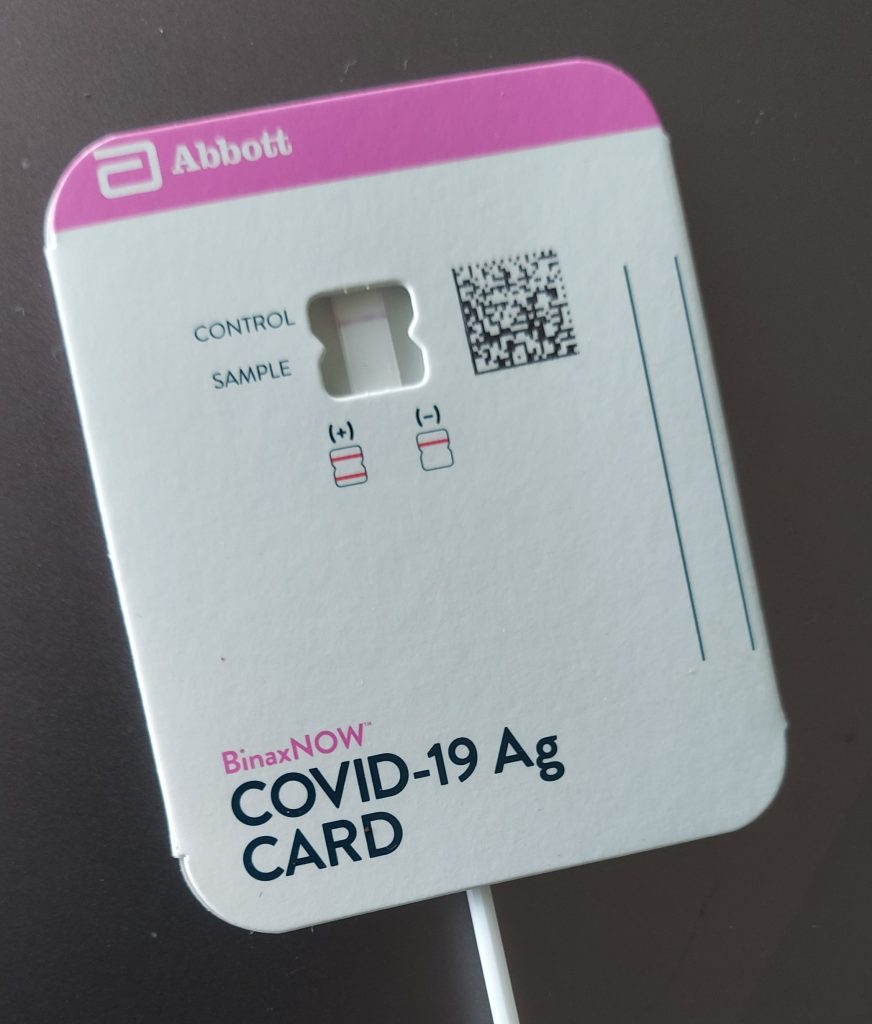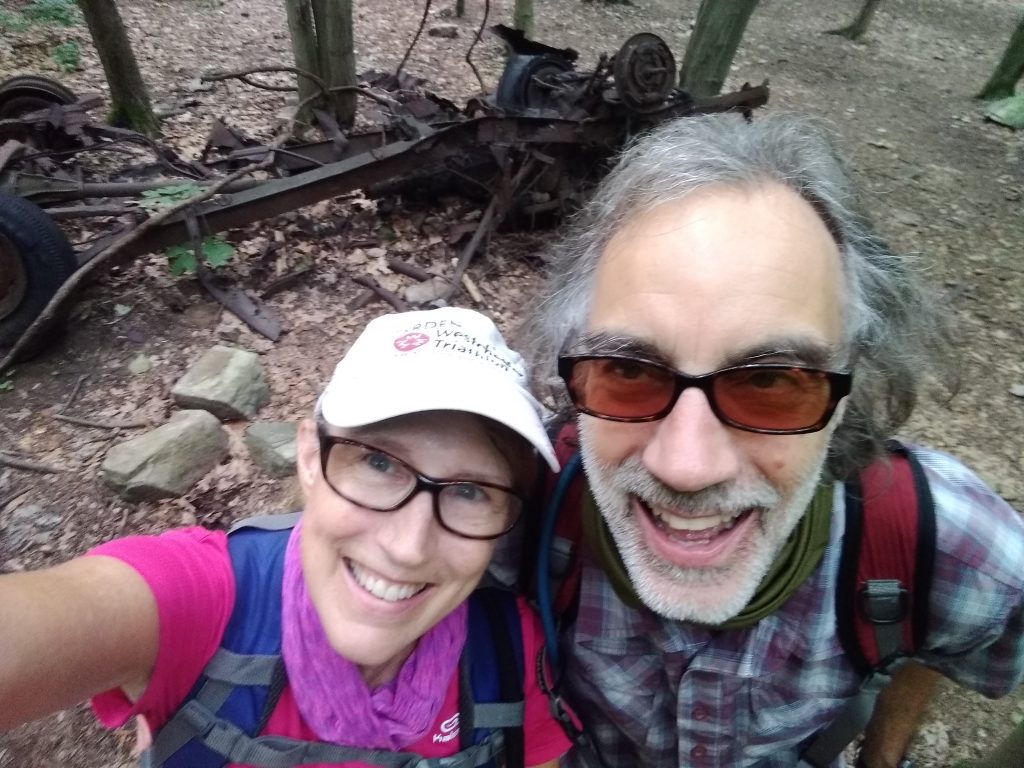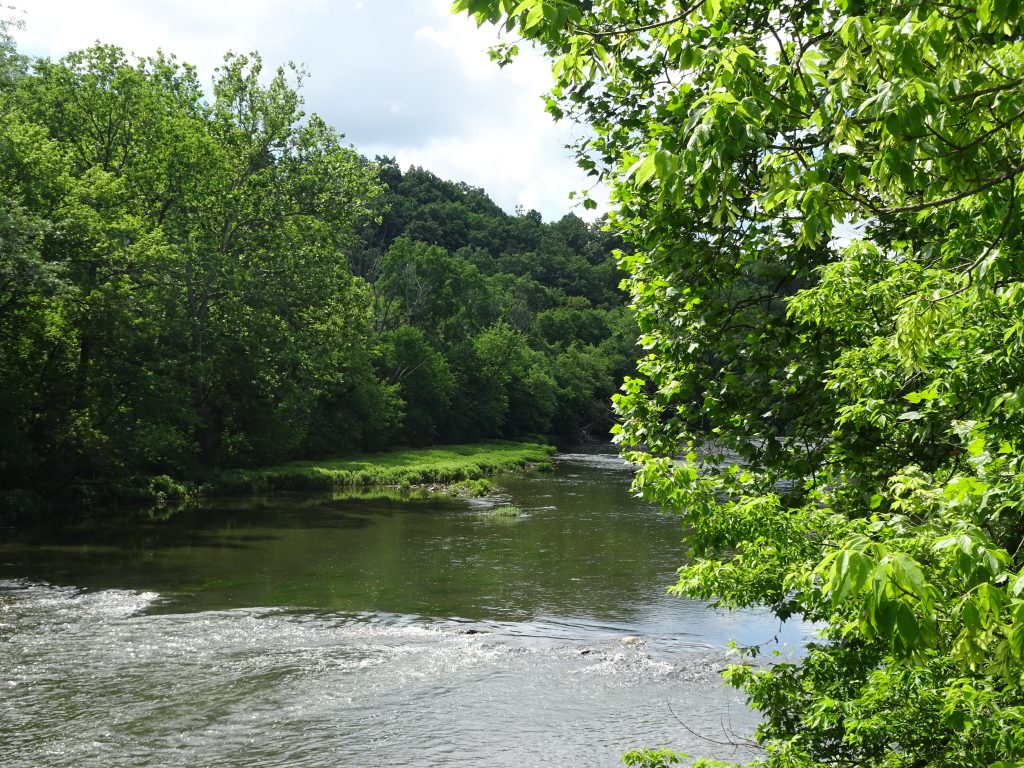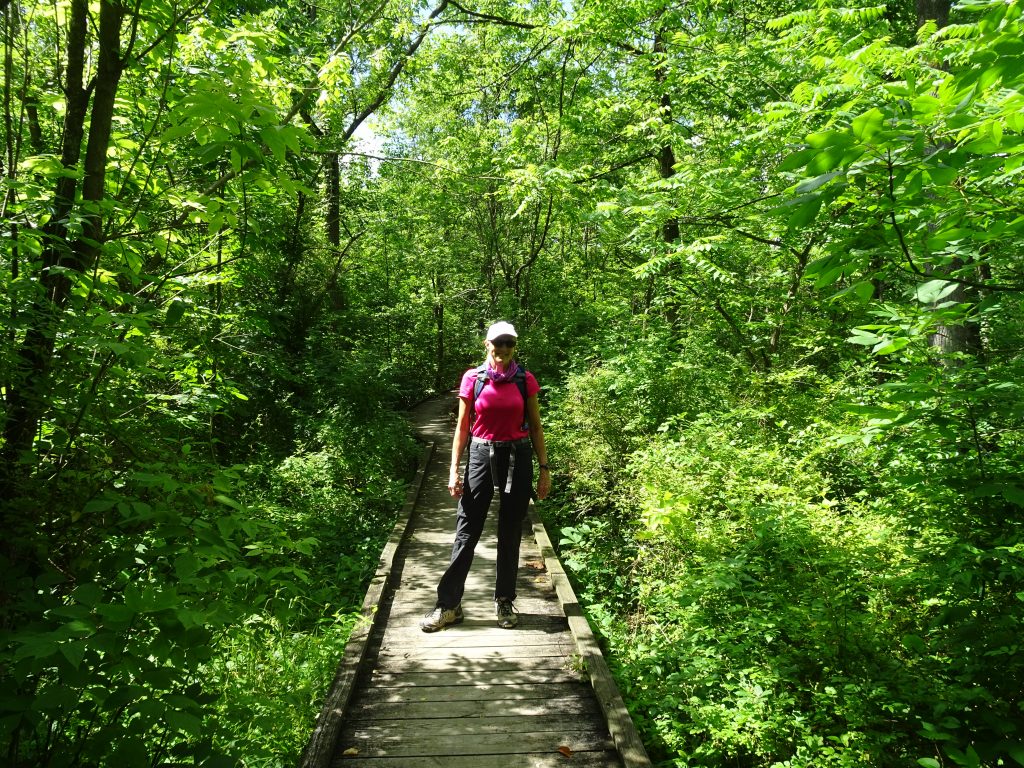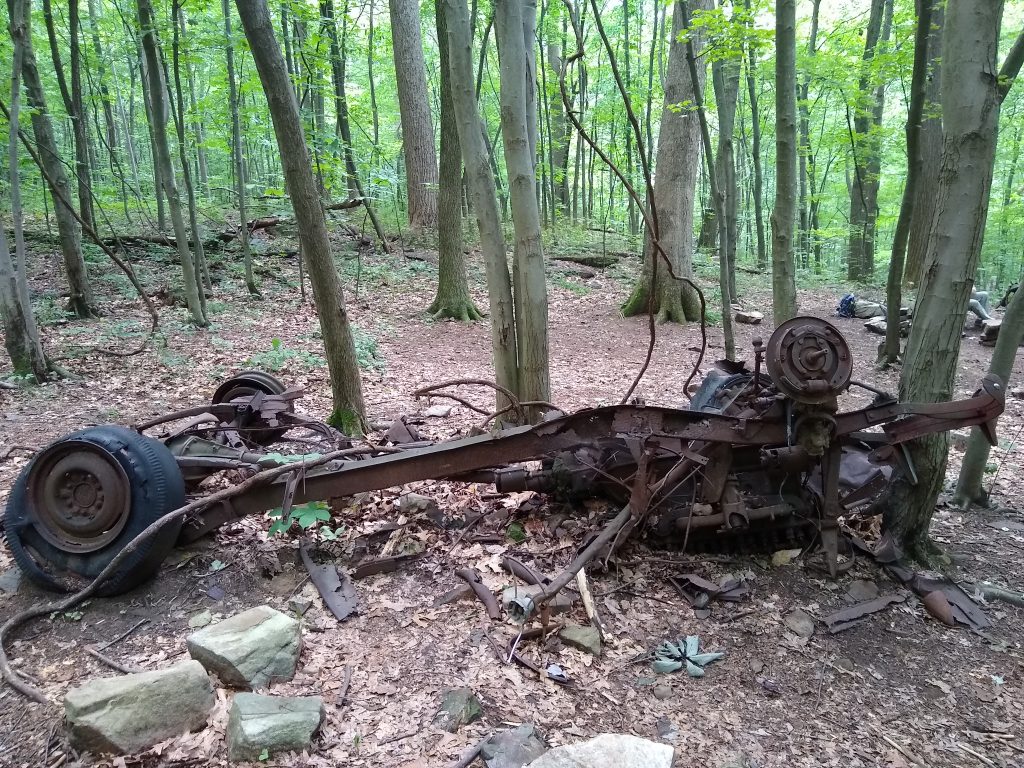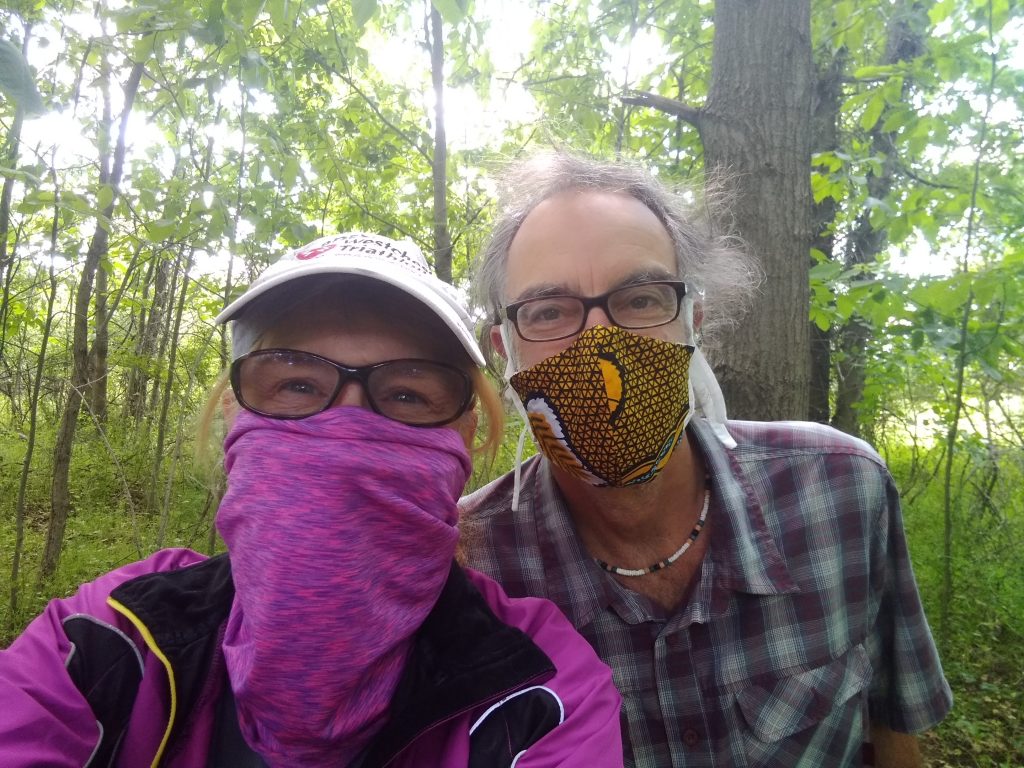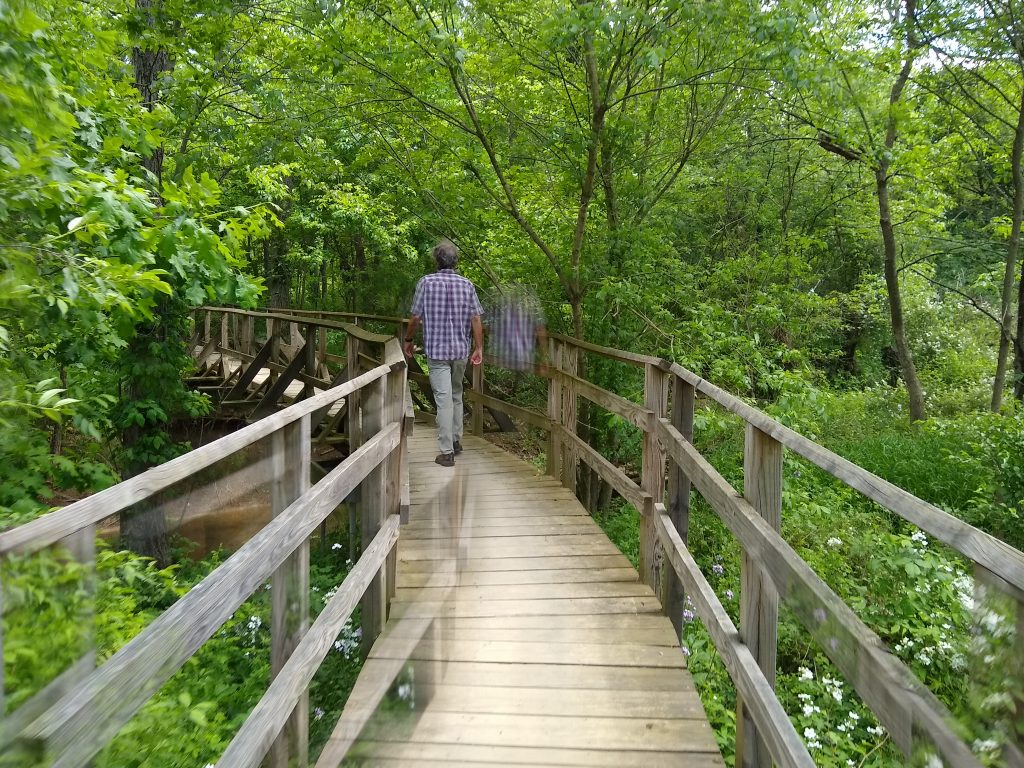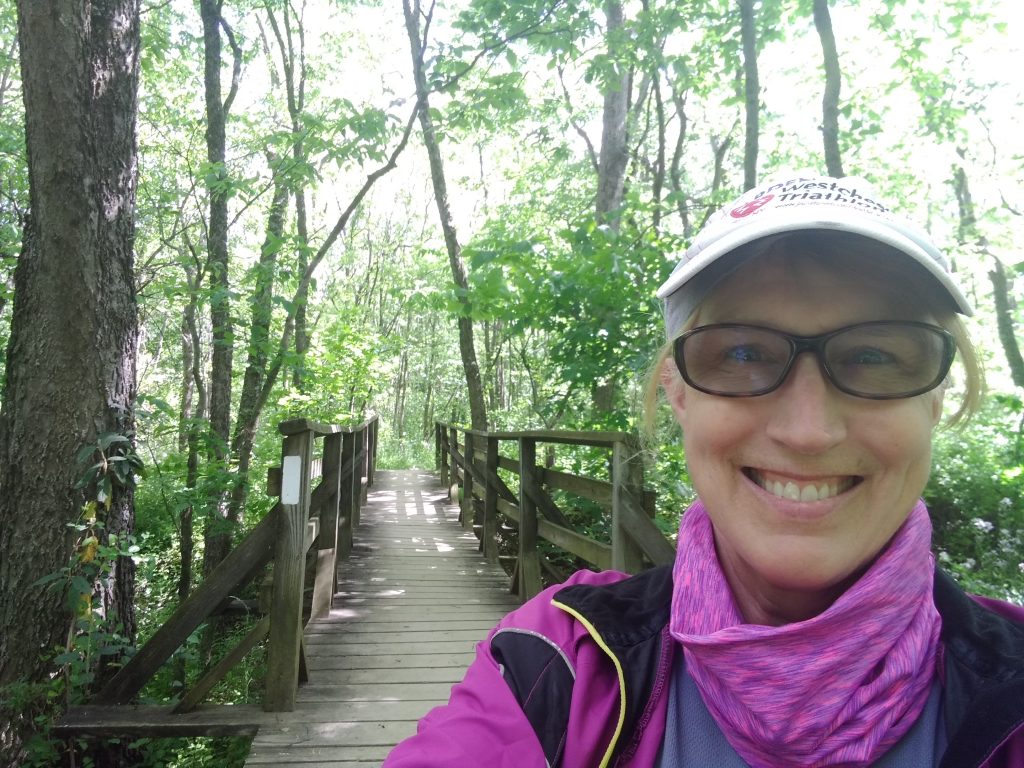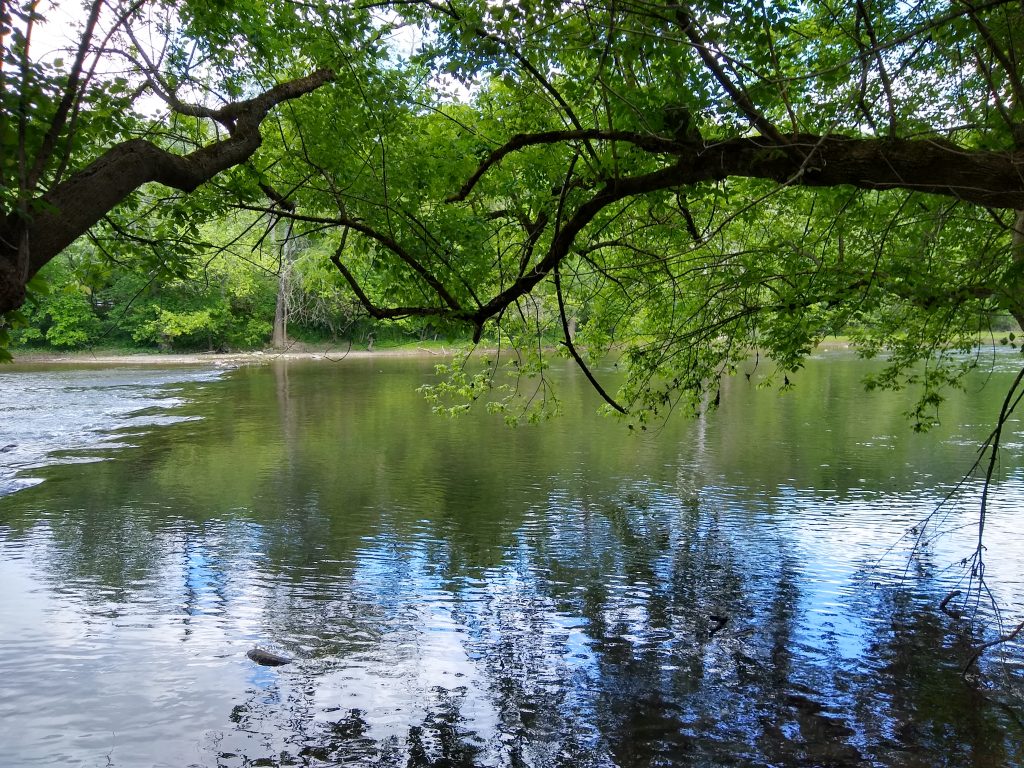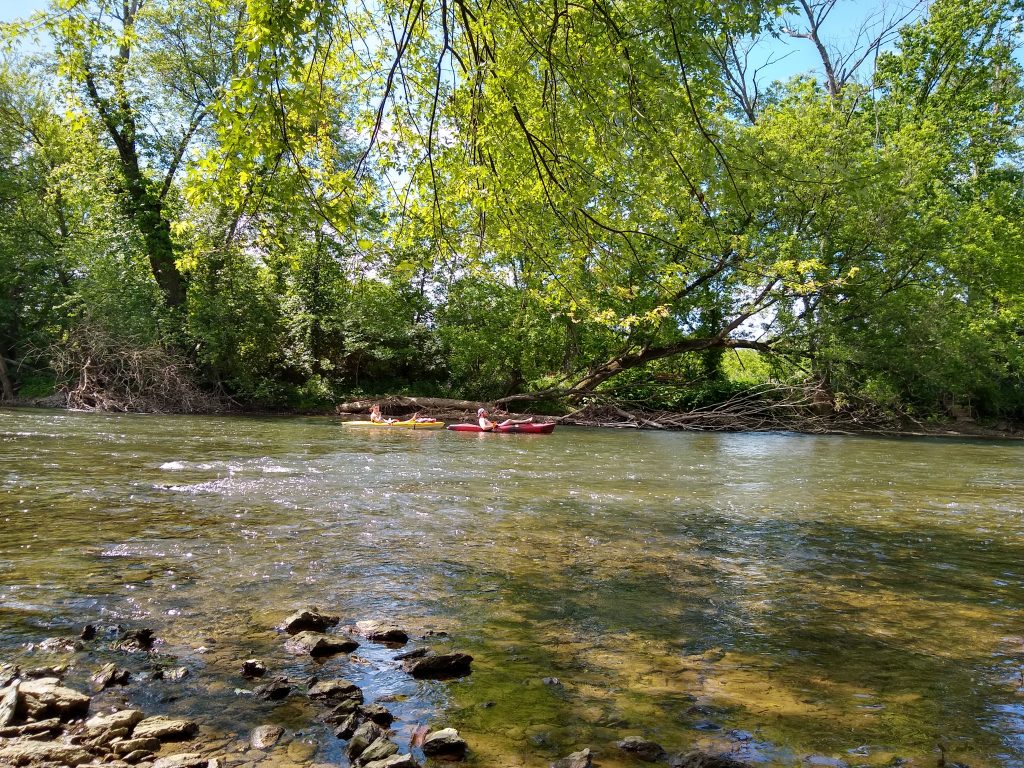Part 1: Why!
Last week we made an offer on a house in Cabo Rojo. Here’s the story of why, after 3 ½ years of a traveling retirement, we are (sort of) settling down.
I prefer to call it anchoring. The traveling will continue.
When we drove our Tacoma out of Colorado and embarked on our adventure in fall 2018, the world was in a different place. We were all healthy, traveling was safe, and we envisioned at least a decade of footloose exploration of the globe, until we got tired of traveling or couldn’t physically do it anymore. Our son Gavin took a gap year from high school before starting college, and we all took off on the road trip of life!

We started in Tlaquepaque, Mexico, where we took an immersive Spanish class.
Then Guanajuato. Mexico City. A visit to Puerto Vallarta. Acapulco.
We experienced butterflies, beaches, tacos, mercados, museums, Mayan ruins, mountains, canyons, cities, villages. It was fascinating! Invigorating!
With Gavin starting at Champlain College in Burlington, VT, in August 2019, we headed to our lake house in Vermont for the summer. We hadn’t been able to enjoy this home while living in Colorado, and had forgotten how lovely it was to float on our lake in a kayak, hike in the Green Mountains, ride 30 miles on challenging country roads. We decided we would travel nine months of the year and return to Vermont every summer.
The plan was set.
Then life intervened. The day we dropped Gavin off at college, Bob’s mom called to say she had been diagnosed with terminal colon cancer. When she went into hospice care, we moved into her condo and cared for her through the end of her life. It was a gift.
After she passed, we flew down to Mexico City to resume our traveling life.
Five weeks into our three-month stay, Covid arrived, and everything changed. When the world locked down in March 2020, the whole family headed to Grandma’s condo. On his way there from college, Gavin caught the coronavirus. He was sick for a month, quarantined in his bedroom, and never really recovered. It turned into long-haul Covid.

Two years later, Gavin has been diagnosed with a chronic illness called POTS, similar to chronic fatigue, and forges a daily battle to improve while slowly finishing college. This struggle will last into his adulthood. We no longer want to go off and live in Asia or Africa for months and months at a time. We want to be a much shorter plane ride away, if needed.
The constant evolution of Covid makes travel complicated and not as safe as it was when we started.
And now the war in Europe threatens the stability of the whole planet.
In the midst of all this disruption, I find I crave stability. An anchor.
We have also discovered that a life of just travel and exploration is not a full life. Part of the reason we maintain this blog and YouTube channel is to give us purpose, and a connection with those we love and the world. But we also need in-person connection. Friends. Volunteer work. Community. We have started making these in Vermont, and we cherish our friends there.
Up Next … Why Cabo Rojo?


